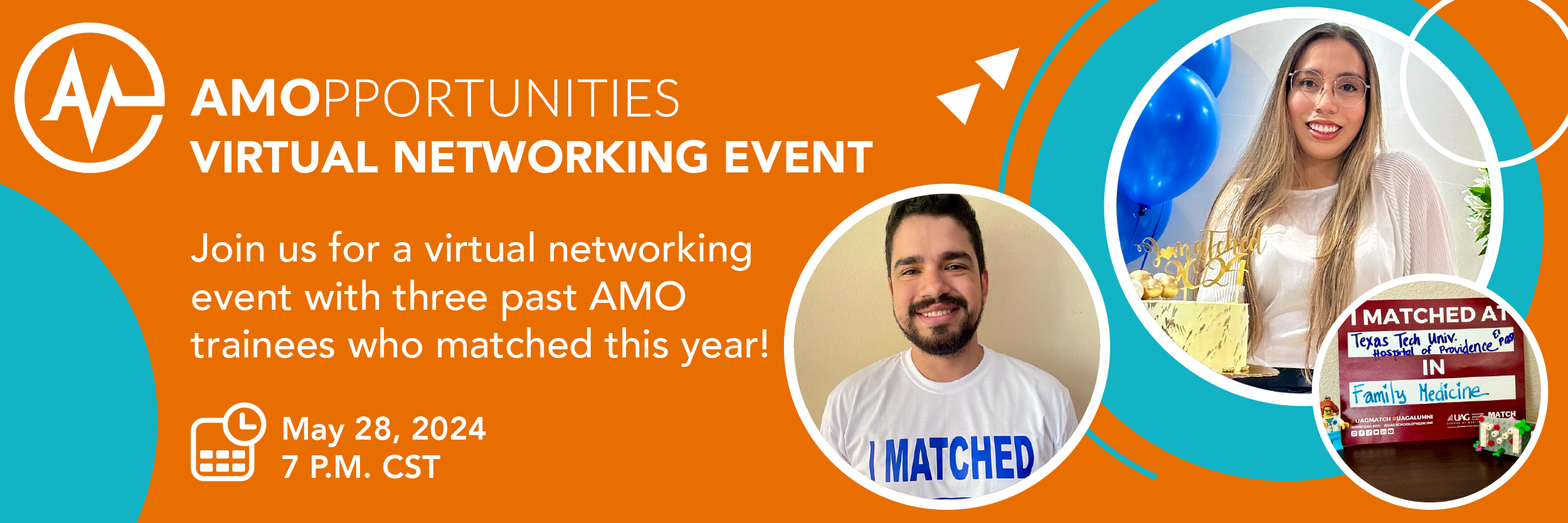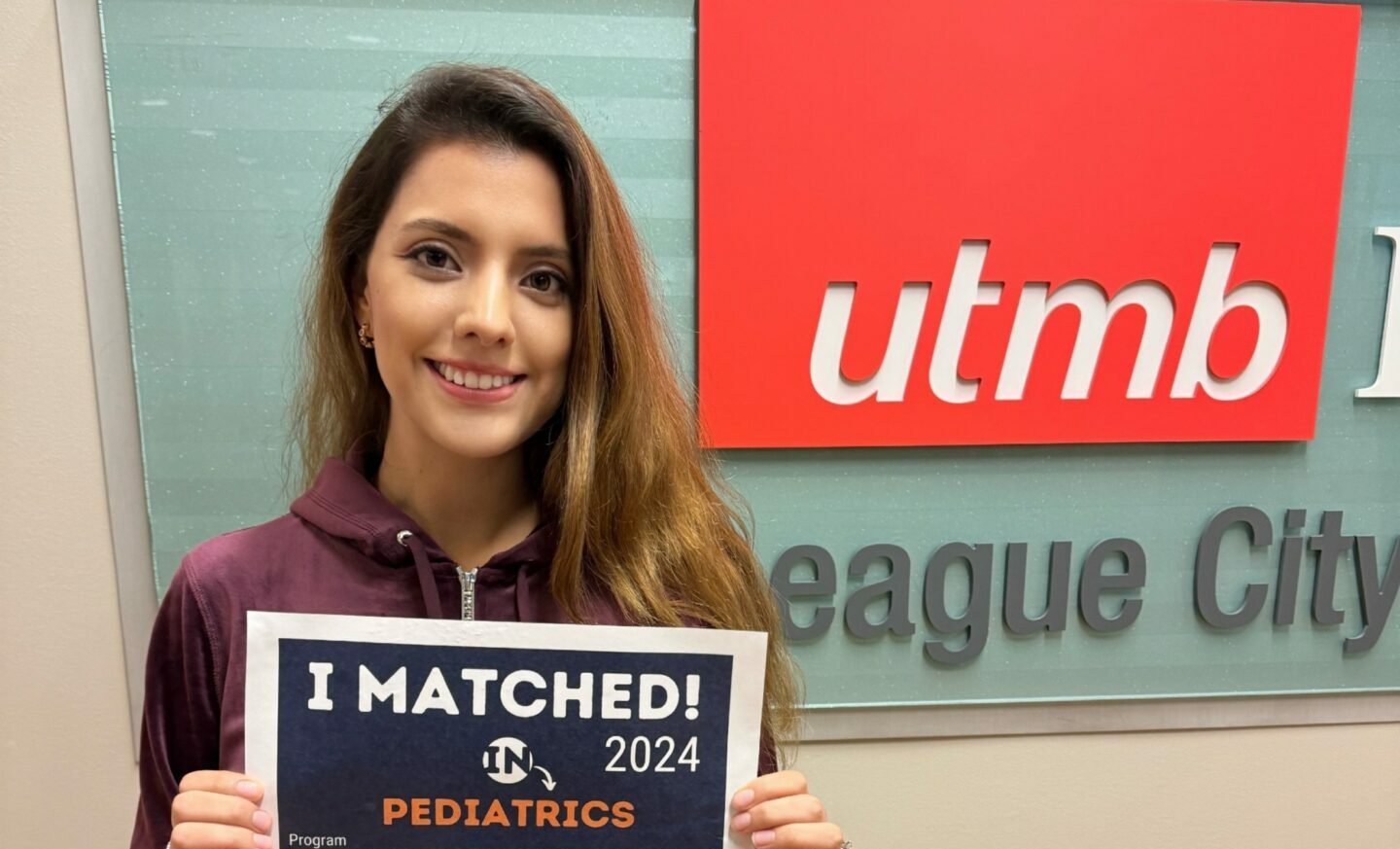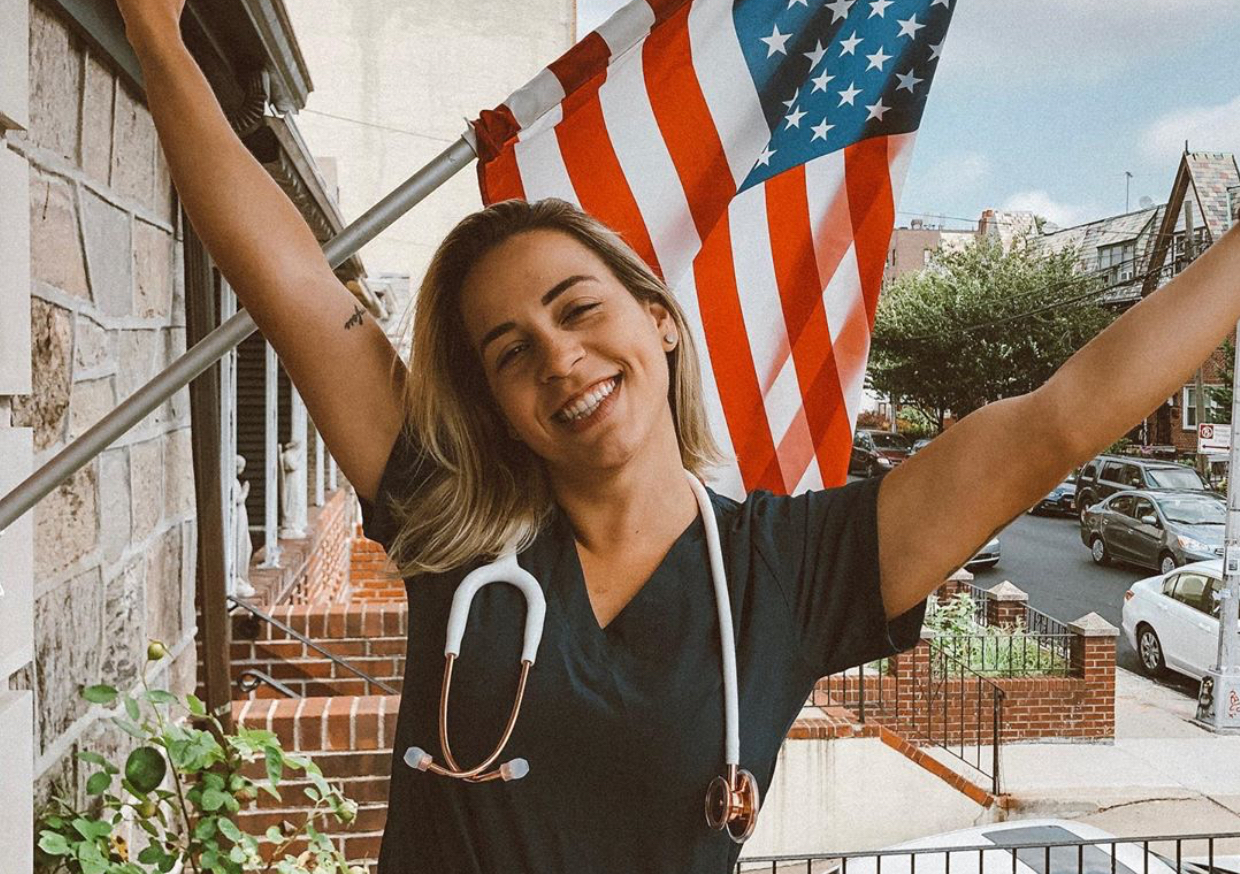Becoming a doctor in the United States is a journey within itself. While the process is comprised of many steps, all aspects are aimed at ensuring the highest level of care for the well-being of patients. The following is a step by step outline of the journey all IMG’s must complete in order to live and work as a physician in the United States. It is important to become familiar with the process before you begin, and do your research to prepare yourself for success.
Pre-Medical and Medical Education
The path to becoming a physician begins with completing a curriculum in foundational sciences. In the United States, this takes the form of pre-medical studies and the completion of a Bachelor’s degree (also known as Undergraduate Studies). For international students, the path to becoming a physician often begins by completing an MBBS (Bachelor of Medicine, Bachelor of Surgery) program in their home country. International students may complete early observerships in the beginning years of the MBBS degree and clerkships or electives, which provide more hands-on experience, towards the latter end of their MBBS program. Many of these clinical experiences, which allow future physicians to apply the foundational knowledge they have learned in the classroom to real-life clinical environments, are available through AMOpportunities.
The United States Medical Licensure Exam
The next step to becoming a doctor involves passing the United States Medical Licensure Exam (USMLE). American students go to medical school– typically for four years– following the completion of a Bachelor’s degree. The USMLE is completed towards the end of their medical school career. International students, however, take the USMLE after they complete their MBBS program and make the decision to begin the process of becoming a physician in the United States.
The USMLE is a four-step exam process, which aims to determine whether a student passes a minimum standard for patient care. Step 1 involves assessing a student’s understanding of basic health sciences. U.S. medical students typically take Step 1 at the end of their second year of medical school. For international medical graduates (IMGs), taking Step 1 is the first step on the path to becoming a doctor in the United States.
Step 2 is split into two components: clinical knowledge (CK) and clinical science (CS). Step 2 CK tests whether a student can apply medical knowledge under physician supervision. Step 2 CS of the USMLE requires students to travel to one of five testing centers located around the United States. During the exam, students are tested on their encounters with twelve standardized patients. Passing Step 2 leads students towards the USMLE Step 3, which is the final exam in the licensing process.
Step 3 examines students’ ability to evaluate a patient’s medical history and physical exam information, order diagnostic tests, manage the patient, and select initial treatment. Passing Step 3 grants prospective physicians a license to practice medicine without supervision.
Many U.S. medical students take Step 3 after while they are residency. IMGs often choose to take Step 3 before applying for residency. This is often done to ofset low Step 1 and Step 2 scores. The Educational Commission for Foreign Medical Graduates (ECFMG) requires IMGs to complete only Steps 1 and 2 CS & CK to receive the ECFMG certification, showing their competence and proving their readiness for entry into a US Residency Program.
Residency
Admittance into a residency program is done through the Match. Typically, U.S. medical students apply for the Match in their final year of medical school. IMGs apply for the Match after passing the USMLE and earning their ECFMG certification. The residency program is the last step on the path to becoming a physician before applying for board licensure, which is different depending on which state you choose to practice. While some physicians choose to complete a fellowship or specialty program after completing their residency, they are ready to practice medicine in the United States once they have been granted a license by a state board.
Becoming a physician in the United States is a long, arduous process. However, resources and mentors exist to make the process more manageable. Completing an AMOpportunities observership or elective provides prospective physicians with the clinical experience necessary to develop important skills, make lifelong connections, and distinguish themselves from other students as they apply for residency and continue through their career.
Interested in taking part in an observership or hands-on rotation to improve you clinical knowledge for the USMLE? Apply for an experience with AMO today!







Hello
Myself dr shah , would like ask question about possibility of couple match in US in same hospital or same city atleast.
Is there any specific consideration if couple is applying together ?
I have finished my surgical gastroenterology training here in India and my wife has finished MD Medicine .
Both of us wants to go US for fellowship course or willing to repeat residency with experience of Indian training experience ( as degrees won’t be valid anymore there )
Will our status as couple be considered to give us residency/fellowship in same hospital or same city ?
Kindly provide some advice regarding the same
Thanking you